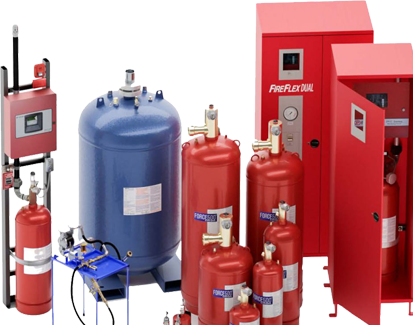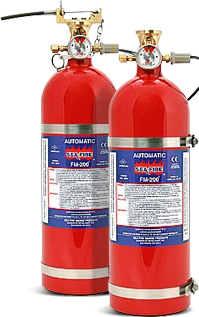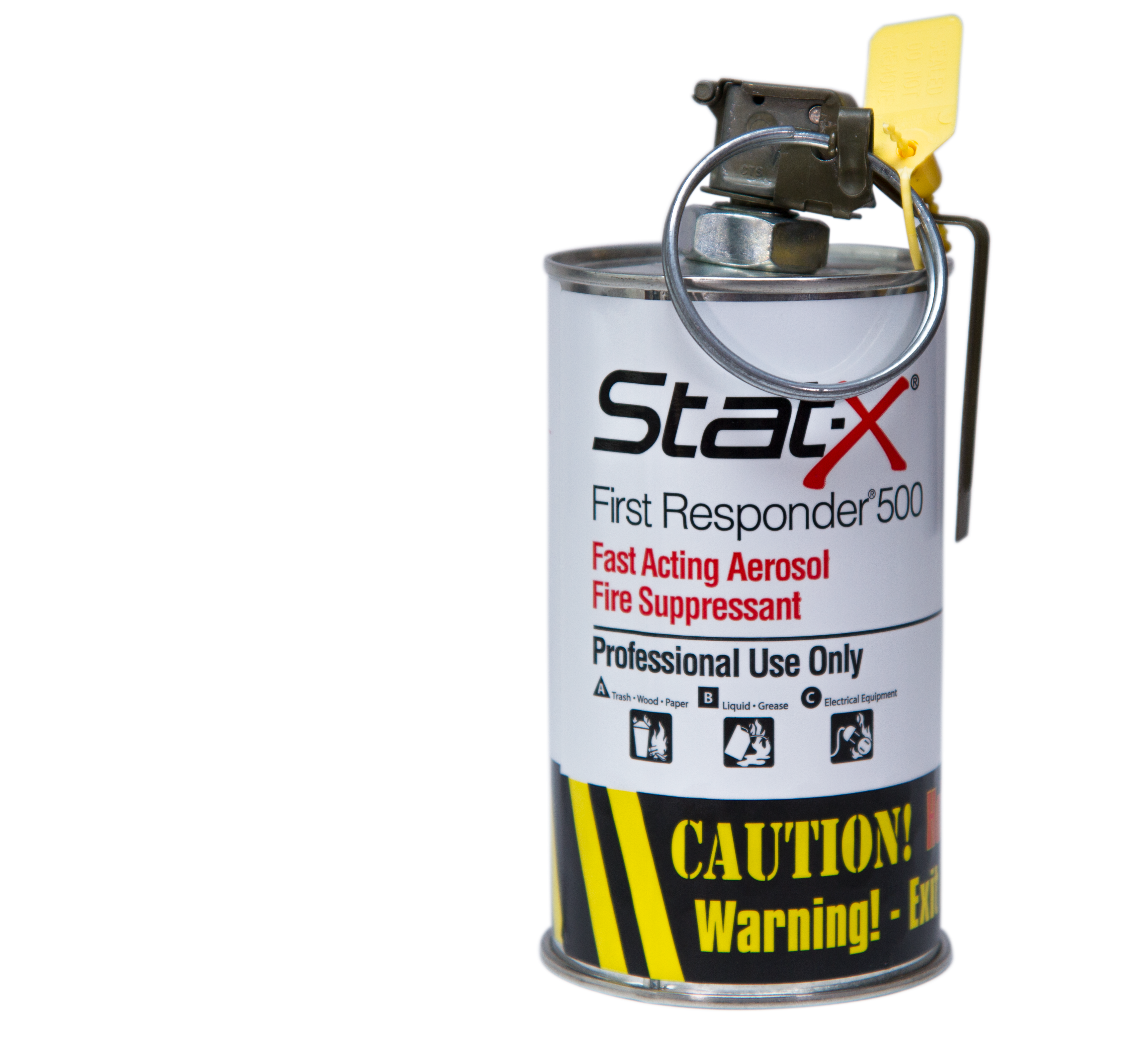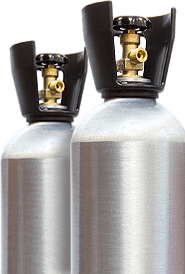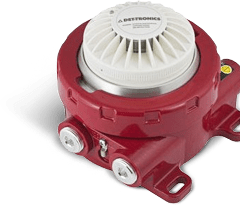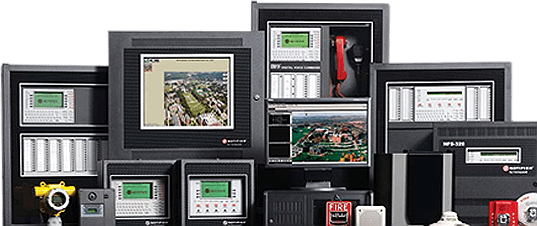How Do Inert Gas Fire Systems Work?

Inert gas fire suppression systems extinguish fires safely by reducing oxygen levels while remaining non-toxic to people and the environment. These systems are ideal for protecting sensitive equipment, archives, and data centers without causing damage or leaving residue.
Key Takeaways
- Safe & Eco-Friendly – Uses natural gases (argon, nitrogen, CO₂ blends) with zero environmental impact.
- Non-Damaging Suppression – Leaves no residue, moisture, or chemicals, protecting electronics and valuables.
- Oxygen Reduction Technology – Reduces oxygen to below combustion levels, suffocating fire while remaining safe for brief human exposure.
- Versatile Applications – Commonly used in server rooms, museums, libraries, and industrial facilities.
- Requires Precise Design – Proper room sealing, pressure venting, and nozzle placement ensure system effectiveness.
When considering different types of fire suppression systems for a place of business, the owner is likely to hear references to what is known as inert gas fire systems . Sometimes known as gaseous fire suppression equipment or clean agent fire suppression, these systems are considered one of the most environmentally friendly approaches to fire suppression. Before making a choice for the new system, it makes sense to understand more about how this type of commercial fire protection system works.
Explore further
The Basic Premise
The idea behind an inert gas fire system is to reduce the amount of oxygen present in the area where the fire breaks out. This is important because fires need oxygen in order to spread. Remove this vital piece of the puzzle and the fire will be easier to contain.While the oxygen level is lowered, remember that it does not eliminate oxygen from the space altogether. There is still enough present to support proper breathing as anyone in the immediate area moves along the escape route and exits the room.
Question: How do inert gas fire suppression systems work?
Answer: Inert gas fire suppression systems extinguish fires by lowering oxygen levels to below the combustion threshold while remaining safe for humans. They use naturally occurring gases like argon and nitrogen to displace oxygen without leaving harmful residues or damaging sensitive equipment.
What Gases are Used?
Several different gases may be used as part of this system. Argon or nitrogen are the most common gases that are likely to be part of the system.
How is the Gas Deployed?
There are several designs for this type of system. Typically class "C" electrical fires require a minimum concentration while class "B" flammable liquid fires require a higher concentration or lowering of oxygen levels to put the fire out. Settling on the right approach depends on the type of setting in which the system will be used.
The Importance of Detectors and Vents
While the inert gas is a key element in any fire safety measures, don't underestimate the importance of choosing the right alarms and making sure the vent system is configured properly. Kiddie smoke detectors should be just as efficient as those used in other types of structures. The vent system should allow a way for air to be forced from the space as the inert gas takes its place.
Talk with a professional today and learn more about what an inert gas fire system offers in terms of function, efficiency, and easy maintenance. Understanding the mechanics of inert gas fire systems is vital for effective fire suppression, and Control Fire Systems, with their array of Kidde fire suppression options, offers insight into the intricacies of these systems, ensuring optimal fire safety measures for your specific needs.






